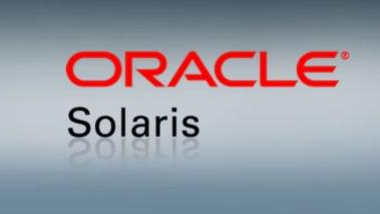Solaris

Solaris is a Unix operating system originally developed by Sun Microsystems. Known for its scalability, advanced features, and strong focus on enterprise computing, Solaris has a long history and has been influential in the development of other Unix-like systems. While its popularity has waned in recent years, it still holds a place in certain enterprise environments and has contributed significantly to the evolution of operating system technology.
Here's a breakdown of key aspects of Solaris:
- Unix Heritage: Like FreeBSD, Solaris is a Unix-based operating system, drawing its heritage from the original AT&T Unix. This gives it a strong foundation in classic Unix principles.
- Scalability and Performance: Solaris was designed with scalability in mind, making it suitable for large-scale systems and demanding workloads. It incorporates features like Zones (containers) and advanced memory management to handle many users and processes efficiently.
- Advanced Features: Solaris introduced several innovative features that have since been adopted by other operating systems. These include:
- Zones (Containers): Solaris Zones allow multiple isolated environments to run on a single system, improving resource utilization and security.
- DTrace: DTrace is a powerful dynamic tracing framework that allows developers and administrators to diagnose performance issues and understand system behavior in real-time.
- ZFS (Zettabyte File System): ZFS is a combined file system and logical volume manager that offers advanced features like data integrity protection, snapshots, and pooling.
- Enterprise Focus: Solaris has traditionally been targeted at enterprise environments, particularly for servers and mission-critical applications. Its reliability, scalability, and advanced features make it suitable for these demanding roles.
- SPARC Architecture: Solaris was closely associated with Sun's SPARC architecture, although it was also ported to x86 systems. The close relationship between the operating system and the hardware was often seen as a strength, allowing for tight integration and optimization.
- Oracle Acquisition: Sun Microsystems was acquired by Oracle Corporation in 2010. Solaris development continued under Oracle, but its market share has decreased as Linux has become more dominant in the server space.
While Solaris may not be as widely used as it once was, it remains a powerful and feature-rich operating system. Its contributions to operating system technology, particularly in areas like containers and dynamic tracing, continue to influence the development of other systems. It's a testament to the enduring power of Unix and a reminder of the diverse landscape of operating systems.

